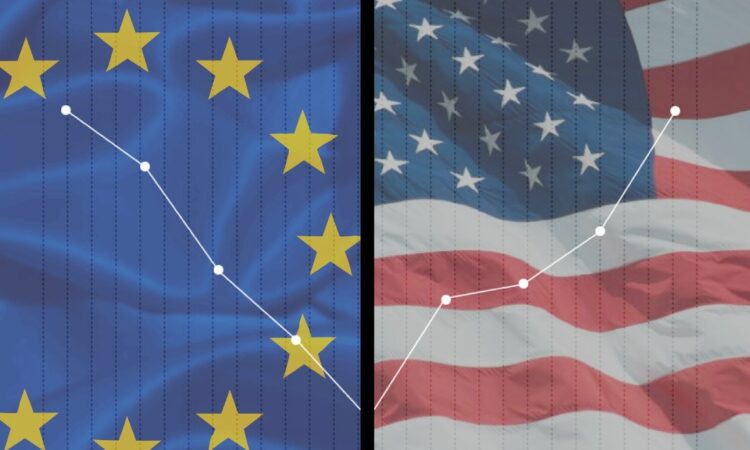
In a striking contrast to international markets today, Europe experienced a decline in stock indexes, while U.S. futures displayed a positive surge, riding on the news of a critical debt ceiling deal secured over the weekend.
Europe’s market stumble amidst global upswing
European stock indexes found themselves in a bit of a predicament as they took a downturn on Monday, even while the euro zone bond yields saw a dip.
The STOXX 600, a benchmark index for Europe, witnessed a 0.2% decline by the end of the day. Chinese stocks also followed the same trend after data reflected a slump in profits among the country’s industrial firms.
However, the ripple effect of the U.S. debt deal was palpable as Wall Street futures held a positive front despite these downturns.
Interestingly, across the globe, Asian stocks mostly climbed, and Tokyo’s Nikkei achieved a 33-year high. In response to these global developments, the MSCI world equity index experienced a slight uptick of 0.1%.
The impact of the U.S. debt ceiling deal
The U.S. showcased an intriguing development over the weekend when President Joe Biden and leading congressional Republican Kevin McCarthy struck a tentative agreement.
The decision aims to elevate the federal government’s debt ceiling to a staggering $31.4 trillion, providing a crucial lifeline to prevent the U.S. from defaulting on its debt.
The much-anticipated deal has sparked a rise in Wall Street futures, with the S&P 500 e-minis and Nasdaq e-minis increasing by 0.2% and 0.3% respectively.
In an equally significant development, the U.S. House Rules Committee confirmed a Tuesday afternoon meeting to discuss the all-important debt ceiling bill, which needs to pass a divided Congress before the looming deadline of June 5.
Despite the short-term relief the deal brings to the markets, a sense of apprehension remains. There’s still concern about inflation and potential rate increases that could stir the market dynamics once again.
This uncertainty is reflected in the credit default swaps market, where the cost of insuring against exposure to a U.S. debt default over the short term has fallen, yet the five-year swap has increased.
What lies ahead for the markets
If the debt ceiling deal successfully traverses Congress, market attention will inevitably gravitate back to the U.S. Federal Reserve and its plans for interest rates.
This shift was noted by Lombard Odier’s Chief Economist, Samy Chaar, who said, “Growth, particularly in the U.S., remains quite resilient. Inflation is pretty sticky. We’re back to the narrative where the Fed has to push harder to bring inflation down.”
Alongside these developments, the markets are eyeing the Fed’s anticipated decision to raise rates by 25 basis points next month, then maintain rates for the rest of the year.
For now, investors and market-watchers alike are holding their breath as the potential consequences of the U.S. debt ceiling deal unfold. While the U.S. futures display an upbeat outlook, the Europe market reflects an air of caution.
As we observe these polar reactions, we’re reminded that the financial markets are, as ever, a blend of optimism, anxiety, and anticipation.
Disclaimer: The information provided is not trading advice. Cryptopolitan.com holds no liability for any investments made based on the information provided on this page. We strongly recommend independent research and/or consultation with a qualified professional before making any investment decision.






